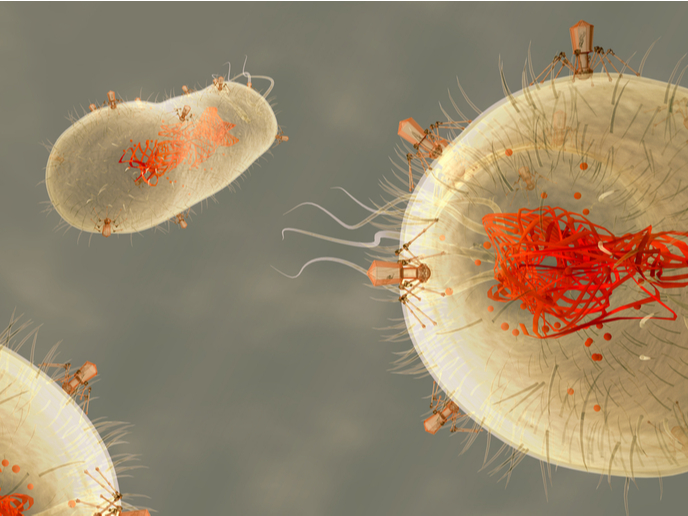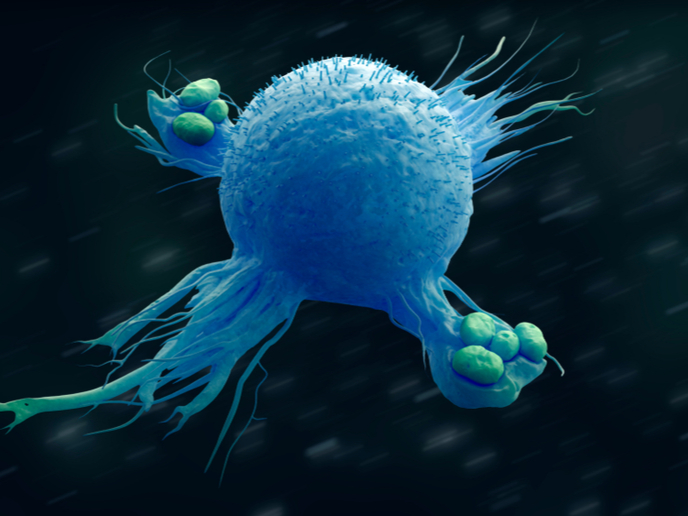Regulating hematopoietic differentiation
To be able to fit in the nucleus of a cell, DNA interacts with proteins known as histones and gets compacted into nucleosome structures. This confers extra properties to the DNA including stability, strength to undergo mitosis and meiosis, as well as control of gene expression. Central to gene transcription is the accessibility of the specific DNA segment. This is facilitated by the acetylation of histones, a process that is regulated by the antagonistic activities of the chromatin-modifying enzymes known as histone acetyltransferases (HATs) and histone deacetylases (HDACs). Hematopoietic lineages are specified by lineage-restricted transcription factors that result in a distinct gene expression pattern. To study the specificity of HDACs in the hematopoietic system, the EU-funded ‘Role of class IIa histone deacetylases in hematopoietic cell differentiation’ (HDAC hematopoiesis) project concentrated on the role of HDAC7 in hematopoietic lineage commitment. Among the study’s objectives was to identify HDAC7 target genes in B cell precursors and investigate the role of HDAC7 during the reprogramming of pre-B cells into macrophages and in B cell development. Results showed that HDAC7 expression is downregulated during the trans-differentiation of pre-B cells into macrophages, concomitant with silencing of B cell-specific genes. The enzyme was found to get recruited onto the promoter of key myeloid-specific genes, initiating their transcription and establishing a myeloid cell genetic programme. Experiments were also performed to delineate the role of HDAC7 in vivo. Specific deletion of HDAC7 in pro-B cells in the bone marrow resulted in a block of B cell development, arguing for a central role of HDAC7 in B cell differentiation in vivo. Collectively, the information provided by the HDAC hematopoiesis project demonstrates for the first time that HDAC7 is a key lineage transcriptional repressor required for the proper development and identity of B lymphocytes. The generated knowledge could have potential long-term applications in medical haematology and immunology.







